Arctic Heatwave Goes Unreported By US Media
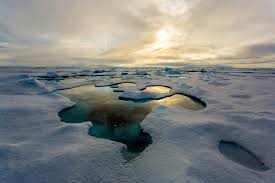
NASA GISS Shows March 2014 Was Third Hottest on Record as Arctic Heatwave Spurs Siberian Fire Season to Early Start
(NASA GISS Global Land-Ocean Temperature Anomaly vs the, already hotter than normal, 1951 to 1980 mean. Image source: NASA.)
According to NASA’s Global Land-Ocean Temperature Index, overall average temperatures for the month of March, 2014 were .69 to .7 degrees Celsius hotter than the 1951 to 1980 average. As a result, last month was the third hottest March in the global record since 1880. 2002 was ranked first hottest with 2010 as second hottest.
Nine of the ten hottest Marches on record have occurred since 2001. Ten of ten have occurred since 1998.
A wide zone of extraordinary temperature anomalies ranged throughout Siberia and the Arctic during the month with 4-8 C above average readings stretching along an enormous swath from Germany in the west to Yakutia in the east and from China in the south and on up to the North Pole.
Summer-like temperatures in Siberia
Large warmer than normal air pulses progressed from China northward over broad sections of Russia and Siberia throughout the month. These pulses harmonized with persistent high amplitude Jet Stream ridges over Eastern Europe to draw much warmer than average temperatures northward.
By early April, these conditions had translated into 70 degree (Fahrenheit) values for some sections of Siberia, where the annual fire season had an ominous, very early start for the Amur and the Baikal — Russian regions that are typically still locked in ice this time of year. Overall, by April 6, more than 2,000 hectacres of fires had been reported by the, justifiably, very concerned Russian officials.
(An ominous and early start to fire season. Isolated Siberian wildfire visible from Satellite in center of frame on April 4, 2014. Image source: LANCE-MODIS.)
According to reports from Think Progress and The Siberian Times the heat coincided with extreme drought conditions:
“The forest fire situation is tense in Russia this year,” Russian Natural Resources Minister Sergei Donskoi said at a conference chaired by Prime Minister Dmitry Medvedev. “Due to a shortage of precipitation the forest fire season has begun almost one and a half months ahead of the norm.”
Temperatures in the Baikal and Amur regions were particularly hot with measures in late March and early April shattering previous temperature records by 2-9 degrees Celsius for the cities of Novosibirsk, Tomsk, Kemerovo, Barnaul and Gorno-Altaysk. Overall, this region of Russia has shown a very rapid pace of temperature increase: about .4 C per decade, or more than double the global average.
Polar amplification in very high gear
NASA zonal anomaly maps also continued to show evidence of an extreme polar temperature amplification in the Northern Hemisphere. Such high degrees of heat amplification at upper latitudes were a predicted result of human greenhouse gas emissions. Yet one more climate science prognostication that has borne out.
(March Zonal Temperature Anomalies. Image source: NASA.)
Links:
Siberia Experiencing Mid Summer Temperatures and Wildfires in April



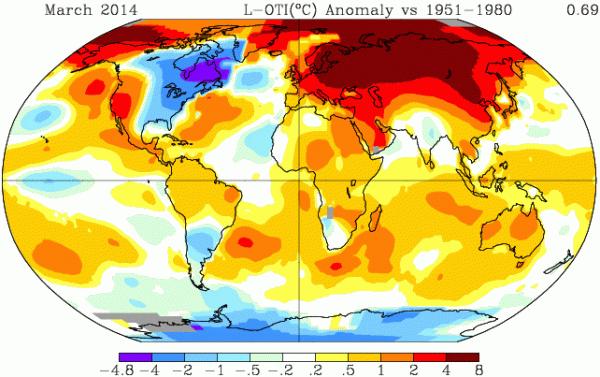
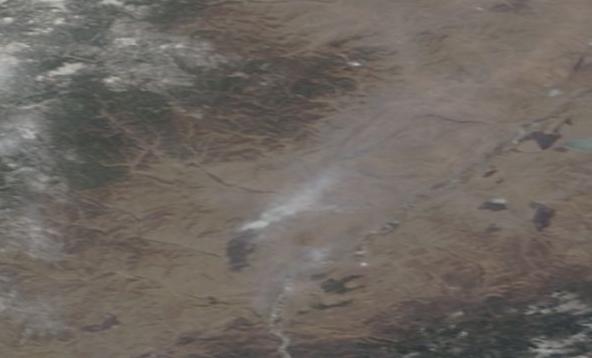
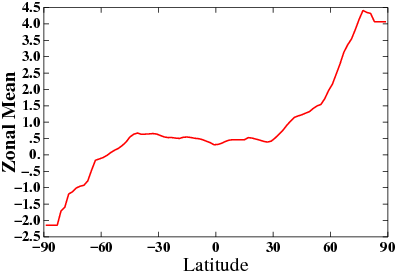
















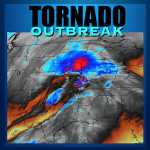
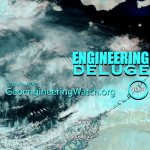

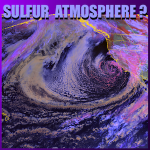
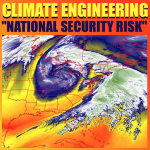
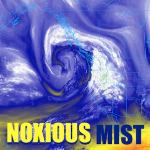



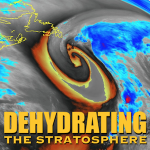










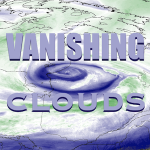

































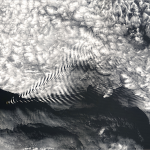























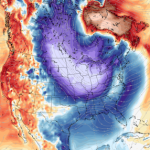









































Leave a Reply